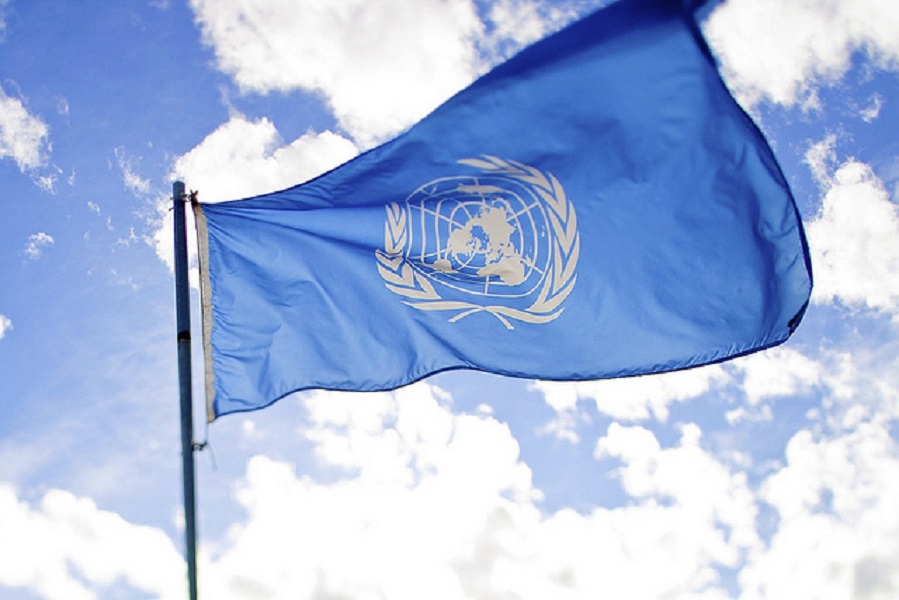The World Health Organisation (WHO) has warned that the Horn of Africa is experiencing one of the worst hunger crises of the last 70 years.
The Horn of Africa includes Djibouti, Somalia, Sudan, South Sudan, Ethiopia, Uganda, and Kenya.
According to UN health agency, more than 37 million people are facing acute hunger, with approximately seven million children under the age of five years in the region.
WHO identified food and safe water as major priorities and called for a strong health emergency response is to avert preventable diseases and deaths.
“The situation is already catastrophic, and we need to act now,” Ibrahima Soce Fall, WHO Assistant Director General for Emergencies Response, said in a statement on Tuesday.
“We cannot continue in this underfunding crisis”.
The UN agency is calling for 123.7 million dollars to respond to rising health needs and prevent a food crisis from turning into a health crisis.
According to WHO, climate change, conflict, rising food prices, and the Coronavirus pandemic have compounded one of the worst droughts in the region in recent decades.
WHO Incident Manager Sophie Maes said there were now four seasons when the rain did not come as predicted and that a fifth one is estimated to follow.
“Places where there is drought the problem keeps worsening,
“In other places like South Sudan, there have been three years of consecutive flooding with almost 40 per cent of the country being flooded.
“And we are looking at something that is going to get worse in the near future,” Maes said.
Over 37 million people in the region are projected to reach the third level of the Integrated Food Security Phase Classification scale (IPC3) and higher in the coming months.
This means that the population is in crisis, and only marginally able to meet minimum food needs by depleting essential livelihood assets or through crisis-coping strategies.
The effects of drought are particularly severe in eastern and southern Ethiopia, eastern and northern Kenya, and southern and central Somalia.
Food insecurity in South Sudan has reached the most extreme levels since independence in 2011, with 8.3 million people comprising 75 per cent of the population facing severe food insecurity.
Acute malnutrition leads to increased migration as populations move in search of food and pasture, according to WHO.
In addition, it stated that disruptions often result in deteriorating hygiene and sanitation as outbreaks of infectious diseases, like cholera, measles, and malaria, are already on the rise.
Moreover, weak vaccination coverage and health services with insufficient resources could see a widespread increase in the number of disease outbreaks in country and across borders.
Care for severely malnourished children with medical complications will be severely impacted and result in high child mortality rates.
Disruptions in access to health care can further increase morbidity and mortality, as emergency conditions force populations to modify their health-seeking behaviour and prioritise access to life-saving resources such as food and water.





